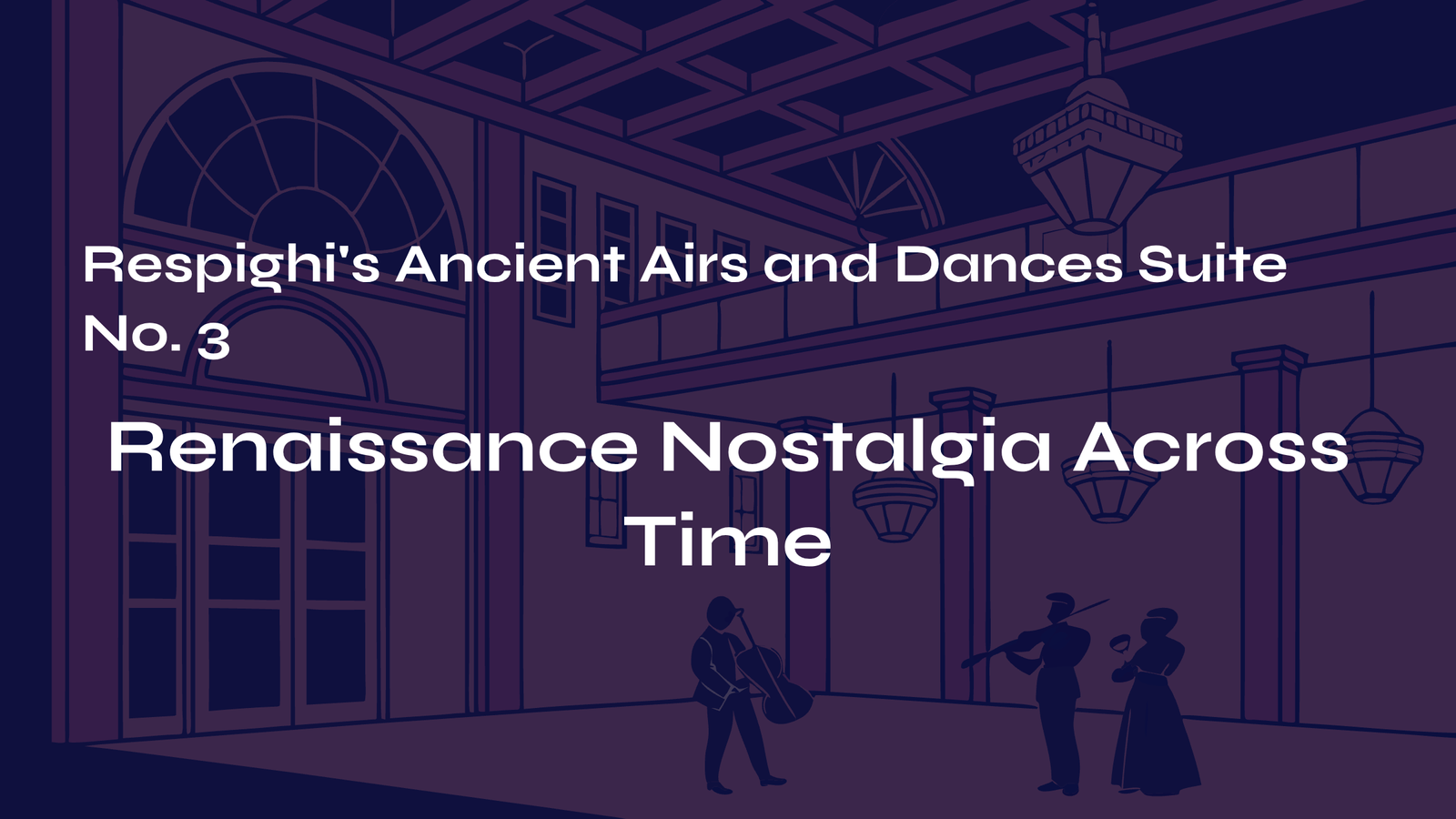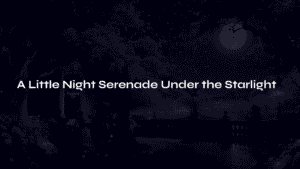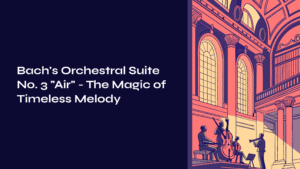Table of Contents
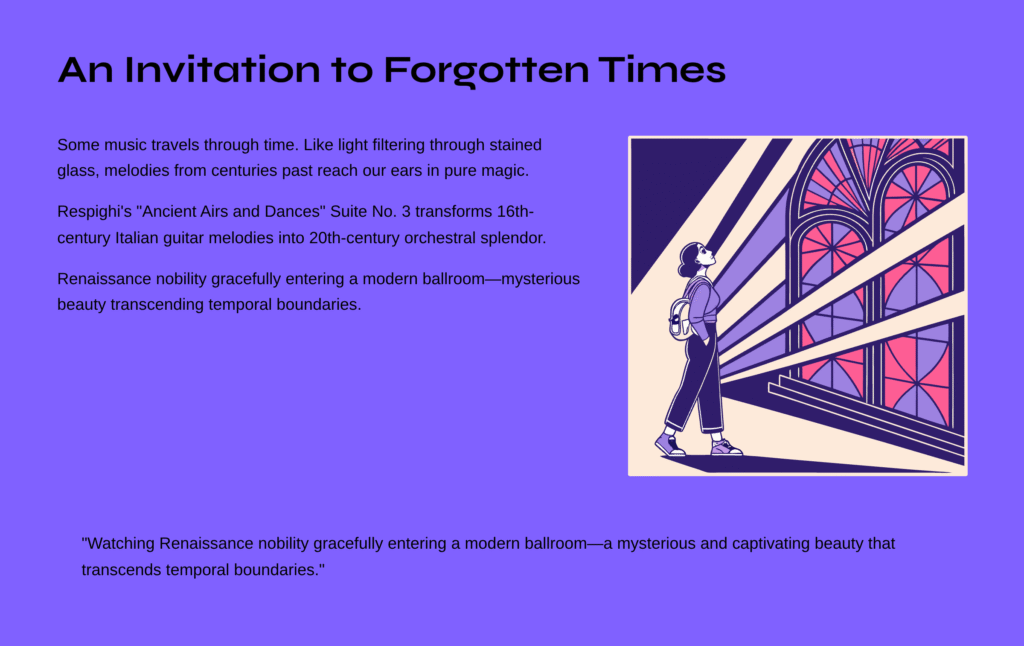
An Invitation to Forgotten Times
Some music travels through time. Like light filtering through the stained glass of an ancient cathedral, melodies from centuries past sometimes reach our contemporary ears in moments of pure magic. When I first heard Ottorino Respighi’s “Ancient Airs and Dances” Suite No. 3, I experienced just such a moment. Watching 16th-century Italian guitar melodies emerge dressed in 20th-century orchestral splendor felt like witnessing Renaissance nobility gracefully entering a modern ballroom—a mysterious and captivating beauty that transcends temporal boundaries.
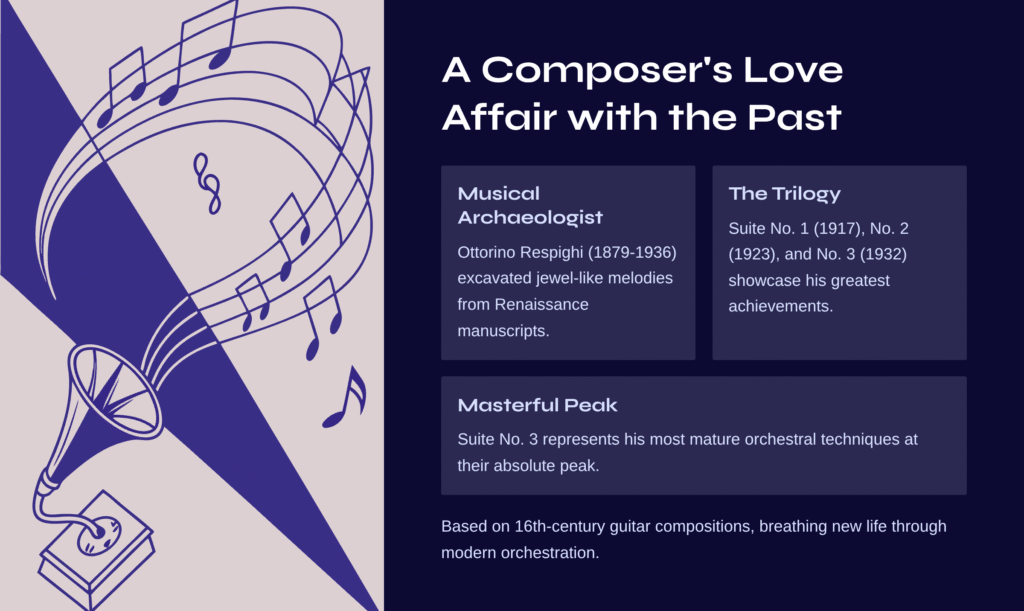
A Composer’s Love Affair with the Past
Ottorino Respighi (1879-1936) was Italy’s most remarkable musical archaeologist. Rather than simply creating new compositions, he dedicated himself to excavating jewel-like melodies that had been sleeping in the dust of Renaissance and Baroque manuscripts, breathing new life into them through modern orchestration.
His “Ancient Airs and Dances (Antiche Arie e Danze)” series stands among his greatest achievements. Following Suite No. 1 (1917) and Suite No. 2 (1923), the third suite, completed in 1932, represents the most mature and refined work of the trilogy. Based primarily on 16th-century guitar compositions, Suite No. 3 showcases Respighi’s sophisticated orchestral techniques at their absolute peak.
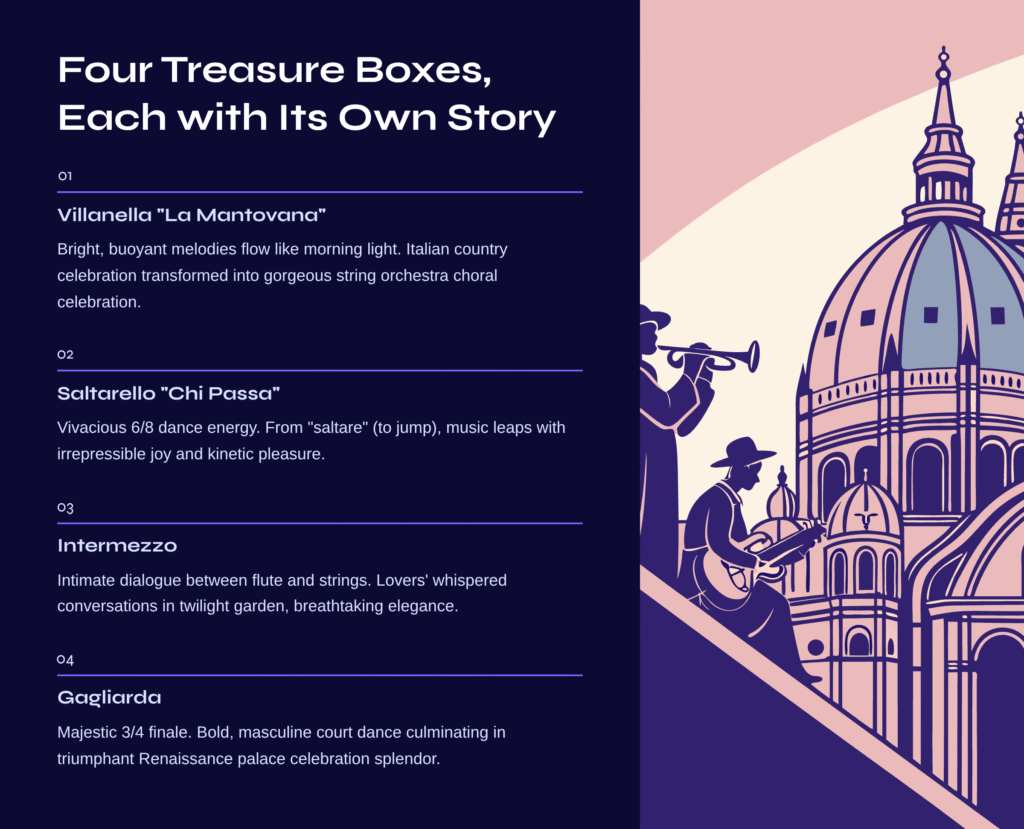
Four Treasure Boxes, Each with Its Own Story
Movement I: Villanella “La Mantovana” – A Dance of Sunlit Melodies
Opening the first treasure box releases bright, buoyant melodies that flow between the string instruments like morning light. This villanella, titled “La Mantovana,” captures the festive joy of an Italian country celebration. What began as a simple guitar melody has been transformed by Respighi’s masterful hand into a gorgeous choral celebration performed by the entire string orchestra.
Listen carefully to how the same melody, when repeated, is accompanied by subtly different harmonizations. This is Respighi’s particular magic—his ability to clothe classical skeletal structures with contemporary flesh, creating something both familiar and startlingly fresh.
Movement II: Saltarello “Chi Passa” – The Rhythm of Dancing Hearts
The second movement bursts with the vivacious energy of a 6/8 dance. The saltarello, originally a folk dance from southern Italy, takes its name from “saltare,” meaning “to jump.” True to its etymology, the music itself seems to leap and bound with irrepressible joy.
Respighi has painted this originally simple folk tune with the rich palette of orchestral colors. The interplay of melodies between different string sections, the gradually building rhythmic waves—this is music that makes your body move almost involuntarily, weaving a spell of pure kinetic pleasure.
Movement III: Intermezzo – An Intimate Dialogue Between Flute and Strings
The third treasure box opens to reveal the most quiet and lyrical music of the suite. Here, for the first time, a solo flute enters the conversation. This Andante movement feels like overhearing lovers’ whispered conversations in a twilight garden.
The dialogue between the singing flute melody and the responding string harmonies creates moments of breathtaking beauty. Every time I hear this section, I imagine a Renaissance court musician performing an improvisation before royalty—there’s such elegance and refinement woven into every phrase.
Movement IV: Gagliarda – The Majestic Finale
The final movement presents a powerful 3/4 dance. The gagliarda was one of the quintessential Renaissance court dances, and its name—derived from “gallant”—perfectly captures its bold, masculine character.
In this concluding movement, Respighi gathers all the energy from the preceding three movements into a magnificent climax. The majestic sound created by the full string orchestra evokes the final moments of a grand Renaissance palace celebration, where centuries of tradition culminate in triumphant splendor.
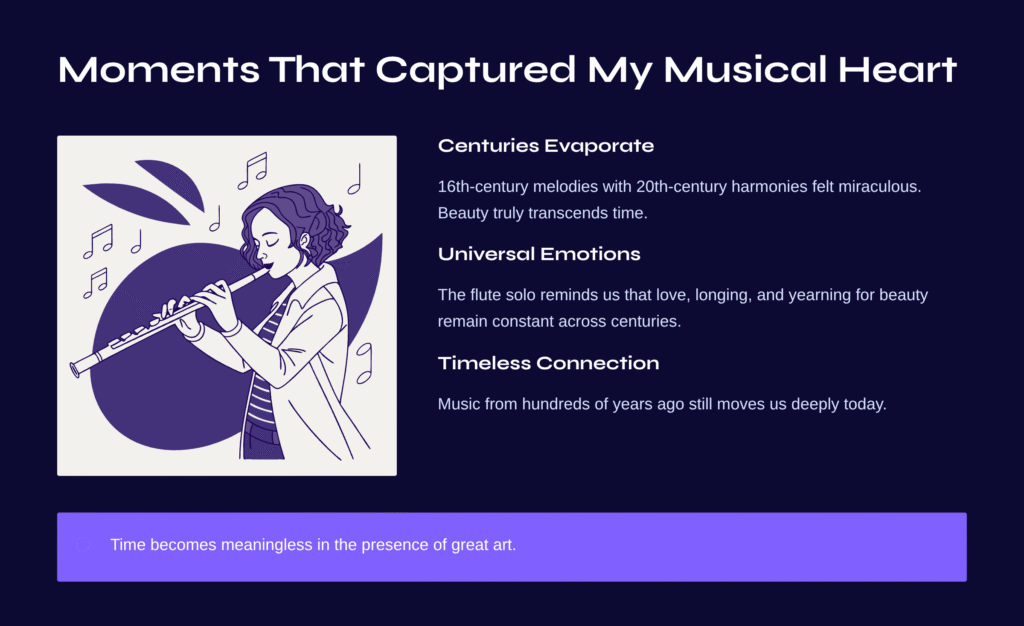
Moments That Captured My Musical Heart
What moved me most profoundly about this music was how the centuries between composition and performance seemed to simply evaporate. The seamless integration of 16th-century melodies with 20th-century harmonies felt miraculous—proof that beauty truly transcends time.
Particularly during the flute solo of the third movement, I’m reminded that time becomes meaningless in the presence of great art. Within those melodic lines live universal human emotions—love, longing, the yearning for beauty—that remain constant across the centuries. This is why music from hundreds of years ago can still move us so deeply today.
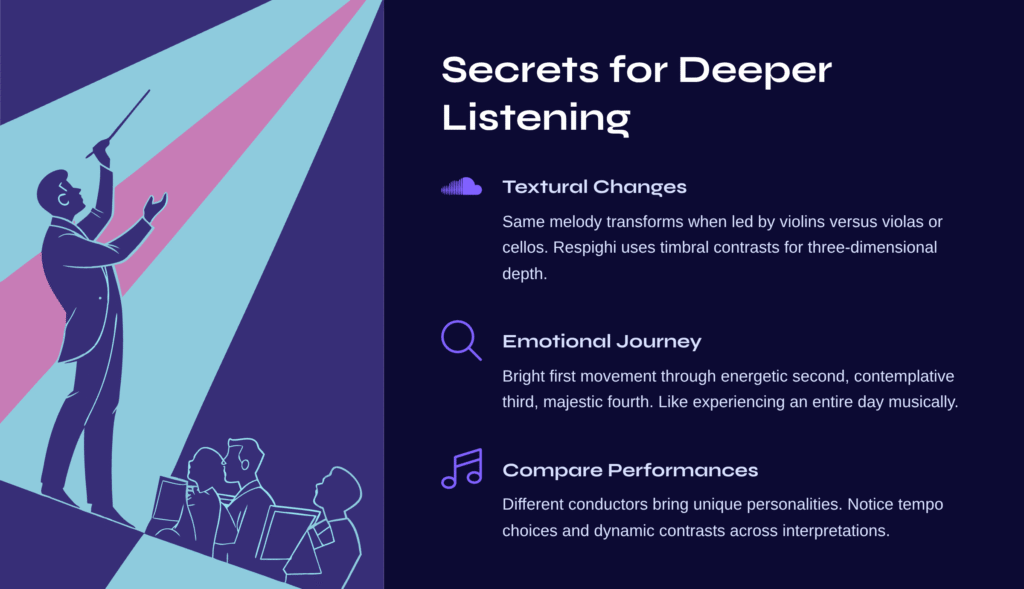
Secrets for Deeper Listening
To experience this music more fully, I’d like to share a few listening strategies that have enriched my own encounters with the piece.
First, pay attention to the textural changes within the string section. The same melody takes on completely different characters when led by violins versus when carried by violas or cellos. Respighi uses these timbral contrasts to give three-dimensional depth to what could have been monotonous original material.
Second, feel the emotional journey between movements. The progression from the bright first movement through the energetic second, the contemplative third, and the majestic fourth creates a perfect emotional arc. It’s almost like experiencing the passage of an entire day captured in musical form.
Third, if possible, compare different recorded performances. This music offers conductors and orchestras tremendous interpretive freedom. Pay special attention to how different artists handle tempo choices and dynamic contrasts—each brings their own personality to these timeless scores.
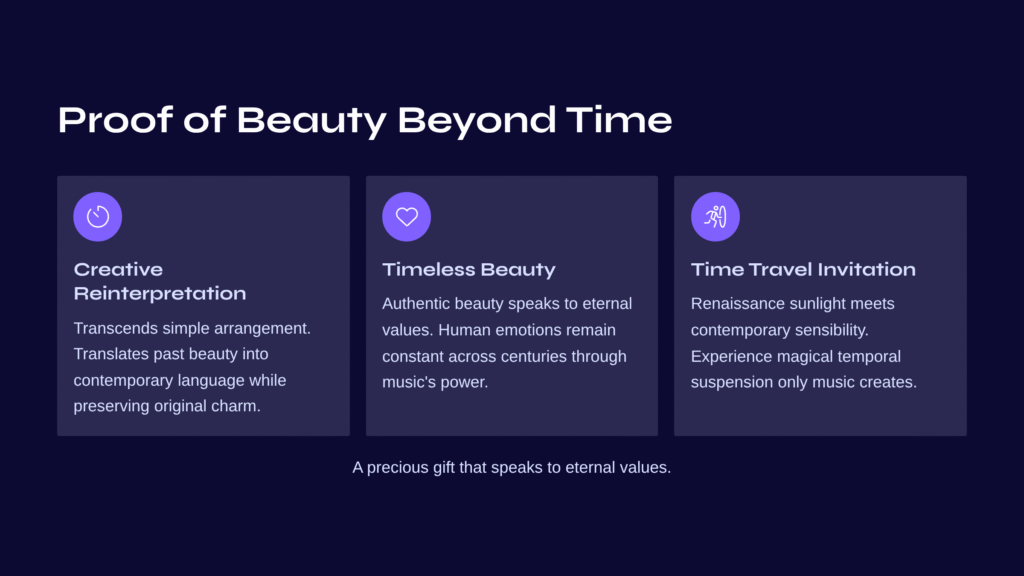
Proof of Beauty Beyond Time
Respighi’s “Ancient Airs and Dances” Suite No. 3 transcends simple arrangement to become a work of creative reinterpretation. He has successfully translated past beauty into contemporary language while preserving every essential element of the originals’ charm.
Each time I listen to this music, I’m struck by a profound truth: authentic beauty is truly timeless. Human emotions that remain constant across centuries, and music’s power to express them—Respighi has given us a precious gift that speaks to these eternal values.
The next time you listen to this suite, I encourage you to approach it not merely as beautiful music to be appreciated, but as an invitation to time travel. In those moments when Renaissance sunlight meets contemporary sensibility, you too can experience the magical temporal suspension that only music can create.
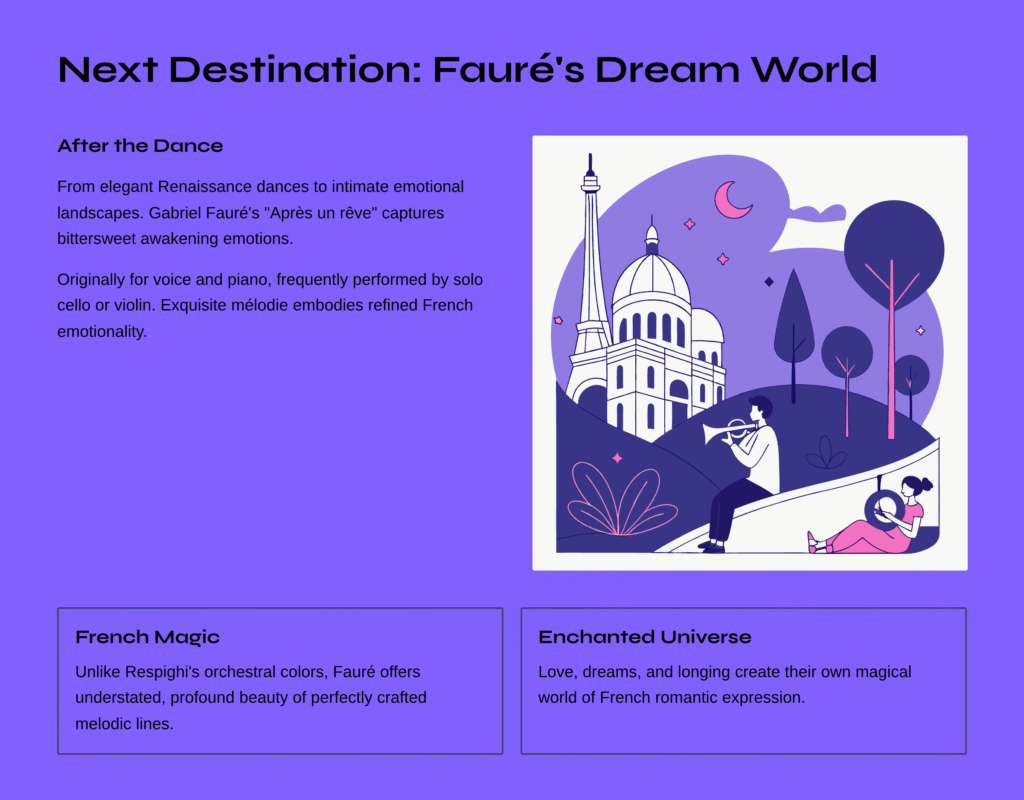
Next Destination: Fauré’s Dream World
Having savored the elegant Renaissance dances, shall we journey into a more intimate and personal emotional landscape? Gabriel Fauré’s “Après un rêve” (After a Dream) captures the hazy, bittersweet emotions of awakening from a beautiful dream.
Originally composed for voice and piano but frequently performed by solo cello or violin, this exquisite mélodie embodies the subtle, refined emotionality characteristic of French music. Unlike Respighi’s brilliant orchestral colors, Fauré offers a different kind of magic—the understated, profound beauty of perfectly crafted melodic lines. Would you like to immerse yourself in this French romantic world where love, dreams, and longing create their own enchanted universe?
